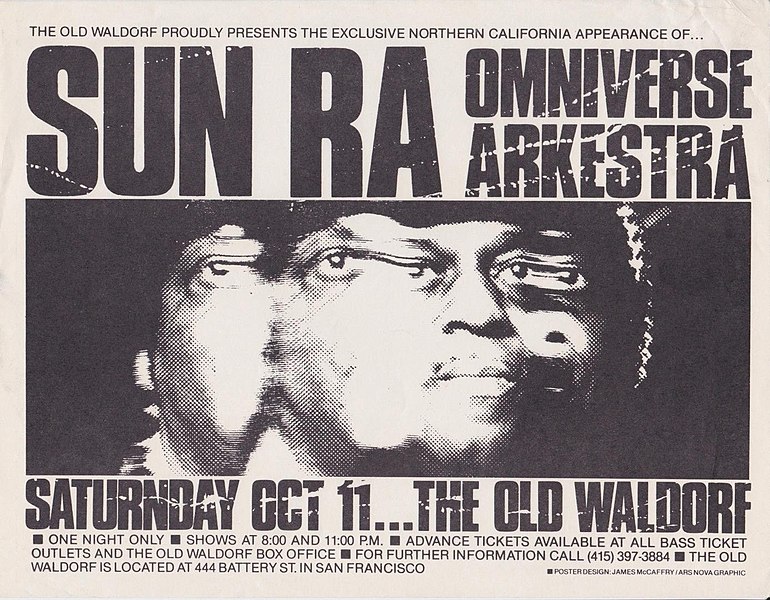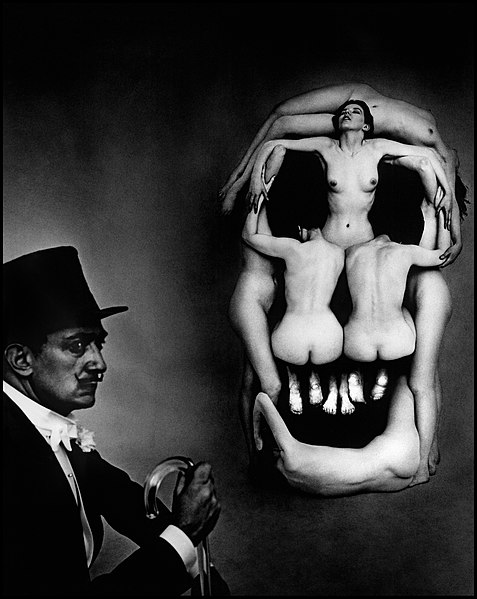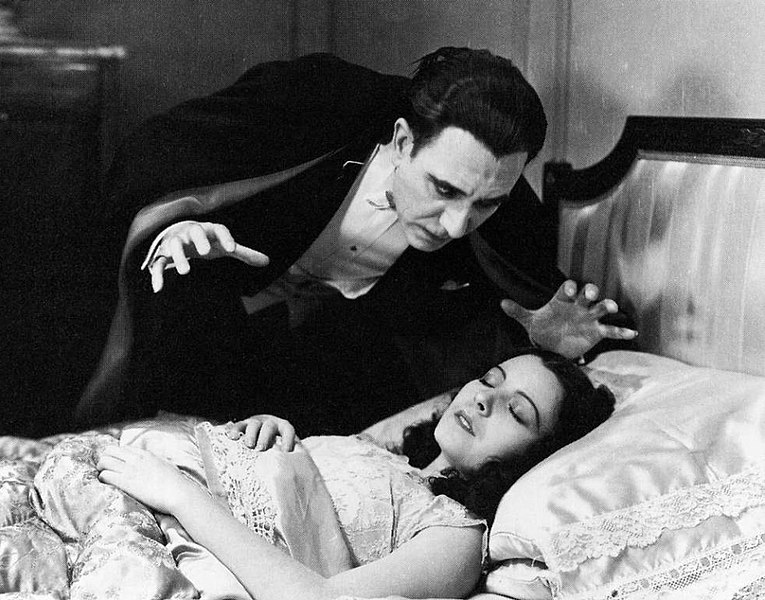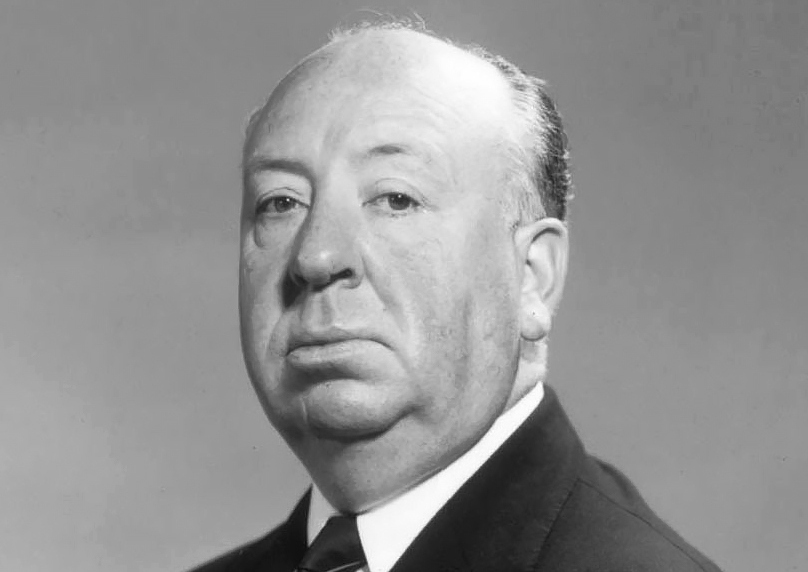
Composer and bandleader Sun Ra insisted that he wasn’t Herman Blount of Birmingham, Alabama, but an alien from Saturn. In a visionary experience in 1936, he said, he’d learned that “I would speak [through music], and the world would listen. That’s what they told me.”
The story became part of his mystique. Late in life, filling out a hospital admission form, he listed Saturn as his place of birth. When worried nurses summoned help, the psychiatrist said, “This is Sun Ra — of course he’s from Saturn!”
(Ian Simmons, “Mothership Connections,” Fortean Times 244 [January 2009], 30–35, cited in Andrew May, The Science of Sci-Fi Music, 2020.)






